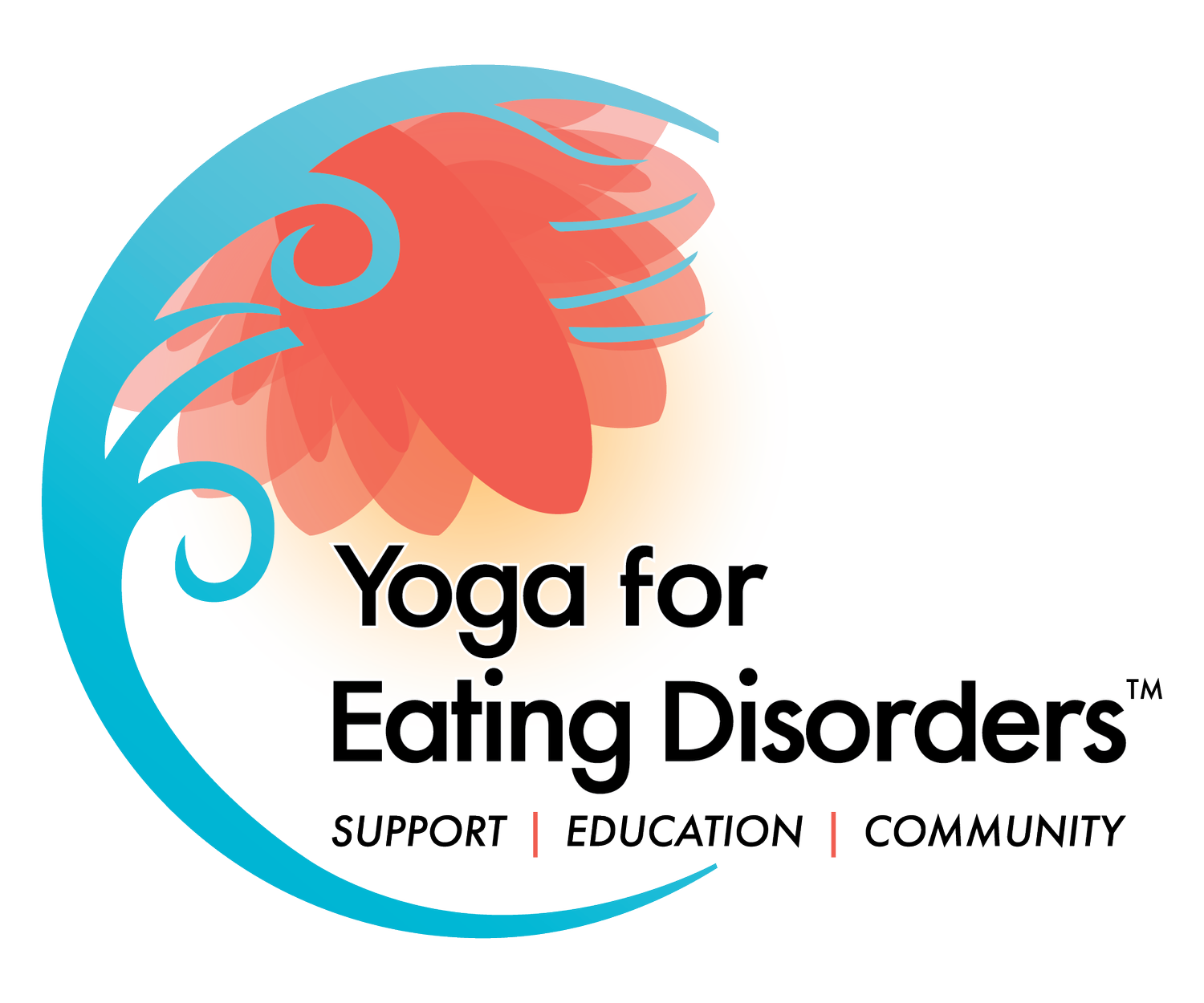Flowing Toward Self-Acceptance
By Jennifer Kreatsoulas, PhD, C-IAYT, Founder
Amidst the hecticness of dressing, feeding, and packing up my then 5- and 3-year-old daughters for school, the older one shared what she had learned in her Kindergarten class the day before.
“Mommy,” she said, “it’s very important to always say how you feel so it doesn’t get stuck inside and make you worry and feel bad about yourself. And you should tell others how you feel so that they know how to help you.”
My heart melted. I hung on her every word, savoring the light in her eyes and the confidence in her voice. Here was my daughter, imparting such wisdom. Had her brilliant teacher been standing in front of me, I would have hugged her with gratitude for teaching the children about feelings and validating their human right to share loud and clear—without guilt, shame, or doubt—when they hurt inside.
As a mother and woman in recovery from an eating disorder, I feel such a profound sense of relief and satisfaction knowing that my daughters’ educators reinforce what me and my husband teach at home about feelings and self-esteem, especially at such a young age. By feeding our children messages from a variety of voices about the goodness of acceptance, compassion, kindness, and self-love, we build up their inner resilience and ability to stay connected to their feelings despite the wear and tear of life’s challenges.
I share this story with you because I believe our ability to express our feelings directly affects our ability to accept ourselves. I’ve been on my healing path from anorexia for going on 30 years, and, as you may know, that illness thrives on not feeling, on being numb, empty, and barely there.
Emotions, in contrast, take up space and demand attention.
In my experience, the healing path is about making small shifts toward feeling and expressing those feelings more and more. With practice, expression becomes less fraught with anxiety as we settle into some sense of ease with what is. Still, it’s a rocky road that can’t be traveled without discomfort, risk, and bravery.
Years of yoga and healing have fostered in me a steadfast practice of svadhyaya, the yogic concept “self-study,” which means turning inward and observing your actions, reactions, emotions, and habits. From the awareness born out of self-study we can tap into insights about our relationships with ourselves and others as well as food and our bodies. When I move my body in sync with my breath, I can tune into and observe the ebb and flow of feelings and emotions that circulate through me. With time, therapy, self-exploration, and much yoga practice on and off the mat, it’s become more natural to navigate the twists and turns that come with being awake to my life versus numbed out to it.
The gamechanger for me was the realization that self-acceptance ebbs and flows, as does body acceptance. I’ve studied self-acceptance on my mat. I’ve watched myself feel content, peaceful, and be kind as I move by body. I’ve also observed the quiet violence of anorexia in the absence of rip myself to shreds with cruel criticism.
If self-acceptance ebbs and flows, then, my friends, we must be vigilant to not fall in the trap of making self-acceptance (and body acceptance) a black and white concept, meaning we either dislike or love ourselves. That approach is a set up for all too familiar eating disorder patterns and cuts off access to our emotions.
I think about it like this: If dislike and acceptance are opposite poles of a spectrum, then let’s explore the spectrum itself, the space between hate and acceptance, dislike and self-love. Here, I believe, resides kindness, compassion, patience, respect, tolerance, and other states of being that keep us flowing in the direction of self-acceptance.
So, on those hard recovery days, when the urge to self-destruct is strong and self-acceptance seems too big, too unattainable, too impossible, I encourage you to come back to another quality like kindness or respect and start there.
Ask yourself this: Instead of hurting myself, what’s one small, tiny thing I can do that would be an act of kindness or compassion for myself? Let it be small, like feeling the sun on your face, holding a warm cup of tea, doodling in your journal, snuggling up with your favorite blanket.
Continue to ask yourself this question until your answer bubbles up. Get quiet enough to hear the answer. Once you have it, hold the answer in your mind, take a few deep breaths, and see your act of kindness or respect or compassion through. These small moments can change the course of a minute, hour, or even day. It will also inspire a sense of empowerment as you realize you can choose goodness for yourself.
In the spirit of my daughter’s wise words, it’s very important to always say how you feel so it doesn’t get stuck inside and make you worry and feel bad about yourself. So keep sharing yourself, my friend. By doing so you are a role model for others and children like my daughters, showing them that it is safe and worthwhile to ride the wave of feelings and flow toward self-acceptance. 💗

